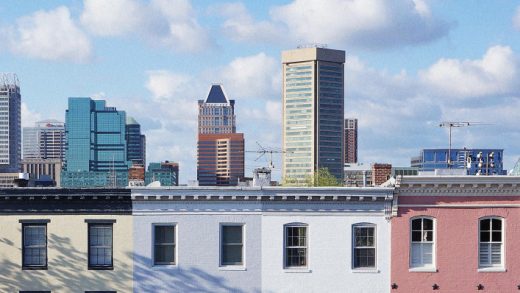120 Mayors On The Issues Facing Urban America
Mayors are leading the country forward with a positive agenda for America. While most of our eyes are glued to investigations and scurrilous revelations at the federal level, mayors are still hard at work solving the biggest issues facing their communities. In cities, we find proactive policy prescriptions–whether it’s mayors standing against a retrenchment on sanctuary city policies or making the case for infrastructure investments, they are focused on creating welcoming, safe communities.
By analyzing mayoral speeches for our National League of Cities’ annual State of the Cities report, we get a detailed picture of the most pressing issues happening on the ground in cities. Our latest research finds some common themes–economic development, public safety, and infrastructure–continue to be core issues for cities.
However, while cities are seeing an increase in job opportunities and economic growth, they also face serious challenges including housing affordability, crime, and aging infrastructure. Federal and state challenges also continue to grow as cities meet resistance from the federal administration and state legislatures wielding power to blockade city-led initiatives.
But, mayors are not dismayed. Rather than dithering over basic governance, mayors are concerned with impactful issues like laying the groundwork for economic inclusiveness and exploring possibilities surrounding innovations such as self-driving cars, the sharing economy, and more.
Our State of the Cities report examined 120 State of the City addresses in cities large and small—these are the top 10 issues that matter to cities:
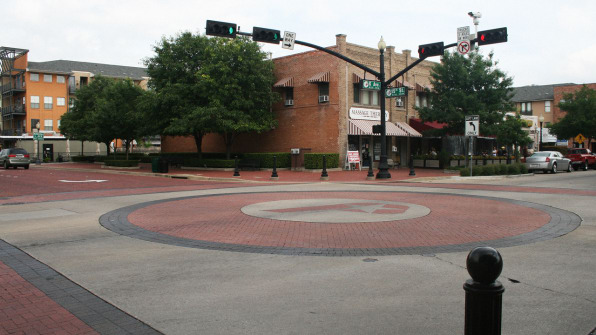
10: Data and Technology (mentioned in 16% of speeches)
Technology is increasingly embedded into city operations. As technology becomes even more essential to business and education, cities are implementing programs that expand access to underserved communities. Some cities are also beginning to plan for the implementation of autonomous vehicles and the technology needed to communicate with self-driving cars.

9: Demographics (mentioned in 21% of speeches)
Mayors countered national anti-immigration fervor with positive statements about the diversity of their communities. Many sought to contrast the nation’s discordant and acrimonious politics with the consensus building in cities—noting the welcoming nature of their communities, taking pride in cultural diversity, and celebrating the broad tableau of American society.

8: Health (mentioned in 23% of speeches)
Mayors are addressing the opioid crisis and trying to create a culture of health. The opioid crisis continues to be a major topic of concern in cities nationwide, with mayors assessing policies aimed at addressing the epidemic. Additionally, there is a much stronger focus on creating a culture of health in cities, as leaders consider how the environment greatly affects health outcomes.

7: Energy and Environment (mentioned in 24% of speeches)
In many areas of the country, building resiliency against climate change is no longer a desire but a necessity, and mayors are planning accordingly. We are seeing cities embrace clean and renewable energy sources to protect the environment, save money, and usher in a clean energy future.

6: Education (mentioned in 36% of speeches)
Cities are devoted to preparing the workforce of the future. Mayors generally lack direct oversight powers over school systems, therefore many cities coordinate programs that engage children in activities outside of traditional schooling. From expanding after-school options to summer internship and job programs, city leaders are seeking to prepare the next generation for fulfilling careers.
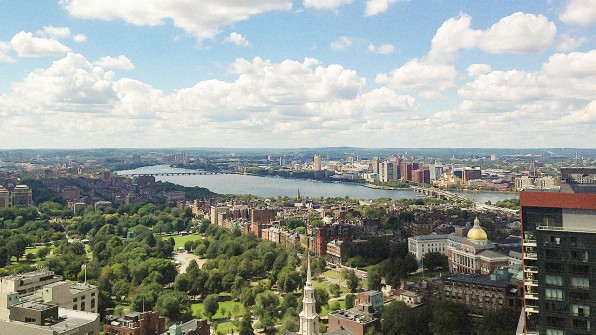
5: Housing (mentioned in 42% of speeches)
Affordable housing, homelessness, and zoning ordinances are top of mind for mayors. Cities of all sizes, and especially our largest cities, are grappling with rampant challenges around affordable housing. Mayors are also leading collaborative efforts with nonprofits to address homelessness and looking to change zoning policies to help alleviate housing problems.
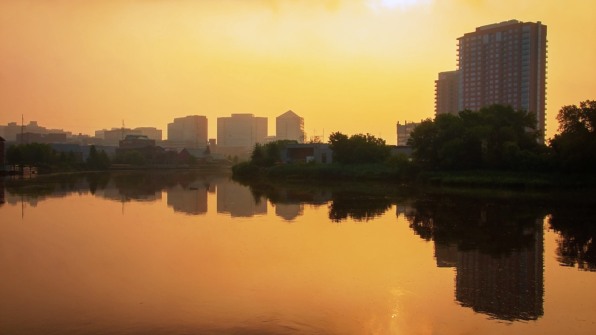
4. Budgets (mentioned in 43% of speeches)
After years of slow recovery, cities are much more fiscally stable. Cities are now able to make critical investments that languished during the downturn. However, this environment is challenged due to the reliance of cities on state and federal grants. Many leaders are wary, though, of the signals being sent from the federal and state level on these key shared partnerships for success.

3. Infrastructure (mentioned in 43% of speeches)
With improved finances, cities can now begin to afford to address maintenance issues with roads, transit, and other infrastructure. Cities across the country voted overwhelmingly to support transit investment referenda in the last election as well, and this coupled with better bond ratings for many cities creates opportunity. At the same time, active transportation infrastructure–from bike lanes to hiking trails–continues to be a popular issue in cities.
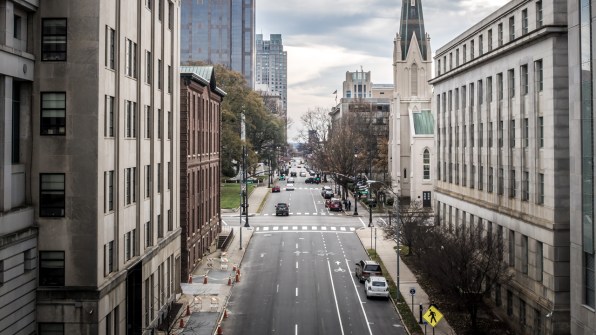
2: Public Safety (mentioned in 64% of speeches)
Cities are investing in public safety infrastructure and human capital. We saw an increased focus on investments in police departments, with cities enlarging or at least returning their forces to fully staffed levels. Further, with tensions between police officers and the communities they serve receiving greater press attention, cities have been increasing officer training and investing in technology like body cameras to foster transparency and trust.
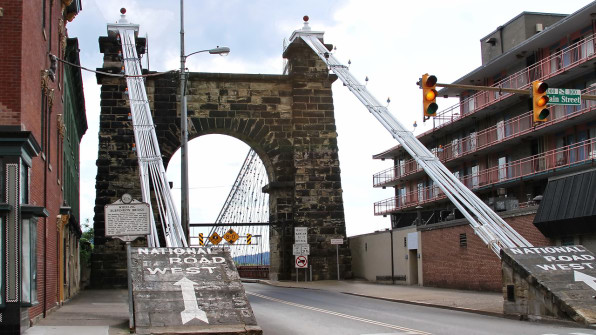
1: Economic Development (mentioned in 66% of speeches)
Mayors typically kick off their addresses with economic growth taking center stage, with a particular focus on the number of jobs created and developments breaking ground in the community. This year, mayors increasingly reported wages and employment rates rising to levels not seen since before the Great Recession. However, this growth–while broadly reported–has not been equal among or within cities. As a result, economic inclusiveness is a major priority, with cities rethinking how to use economic development funds and investing in workforce development initiatives.
At the end of the day, mayors are America’s leaders. They seek to lift people up, not pull support from the most vulnerable in society. Mayors are leading on the key issues of our times, whether that be opioid addiction, automation and workforce shifts, active transportation, and climate change. Even when there are fractures in the larger civic puzzle, cities remain a bastion of hope, with mayors serving as the champions for our future.
Analyzing the “State of the City” speeches from urban leaders across the country gives a sense of the challenges and opportunities.
Mayors are leading the country forward with a positive agenda for America. While most of our eyes are glued to investigations and scurrilous revelations at the federal level, mayors are still hard at work solving the biggest issues facing their communities. In cities, we find proactive policy prescriptions – whether it’s mayors standing against a retrenchment on sanctuary city policies or making the case for infrastructure investments, they are focused on creating welcoming, safe communities.
Fast Company , Read Full Story
(59)

